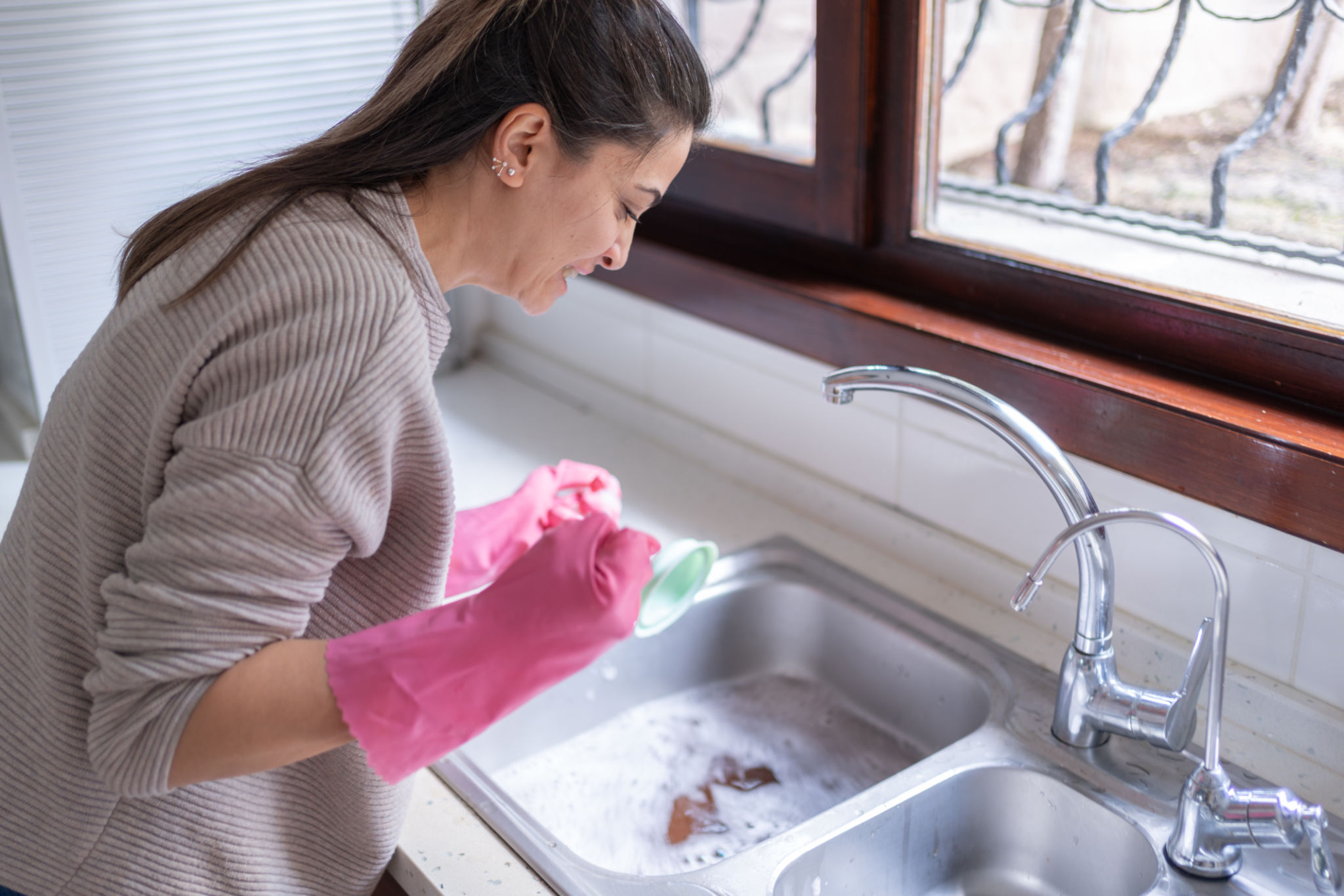DIY Plumbing Tips: Quick Fixes for Minor Issues in Your Broomfield Home
Understanding the Basics of DIY Plumbing
Plumbing issues are a common occurrence in many homes, and while some problems require professional attention, there are minor issues you can tackle yourself. Understanding the basics of DIY plumbing can save you time and money, especially for small, manageable problems.
Before diving into any plumbing project, ensure you have the basic tools on hand. A plunger, pipe wrench, and plumber’s tape are essential. Additionally, familiarize yourself with the main water shut-off valve in your home. Knowing how to quickly stop water flow can prevent potential disasters.

Fixing a Leaky Faucet
A leaky faucet is not only annoying but can also lead to higher water bills. Fortunately, it’s one of the easier plumbing issues to fix. First, turn off the water supply under the sink. Remove the faucet handle to access the valve or cartridge. Check for any worn-out washers or seals, which are often the culprits, and replace them with new ones.
Reassemble the faucet and turn the water supply back on to check if the leak is resolved. If it continues to drip, it might be time to replace the valve or seek professional help. Regular maintenance can prevent future leaks and extend the life of your fixtures.
Unclogging a Slow-Draining Sink
A slow-draining sink can be frustrating, but it's typically simple to fix. Begin by using a plunger to dislodge any blockages in the pipe. If that doesn't work, try a mixture of baking soda and vinegar. Pour a half-cup of baking soda followed by a half-cup of vinegar down the drain. Let it sit for 15 minutes before flushing with hot water.

If the sink is still slow to drain, consider removing and cleaning the P-trap, which often collects debris over time. Make sure to place a bucket underneath before disassembling to catch any water or debris.
Toilet Troubles: Running and Clogged Toilets
A running toilet can waste a lot of water. The most common cause is a faulty flapper. Open the tank and inspect the flapper for any visible damage or misalignment. If necessary, replace it with a new one from your local hardware store.
For clogged toilets, a plunger is typically your first line of defense. Ensure there’s enough water in the bowl to cover the plunger head and use firm, consistent pressure to dislodge the blockage. If this doesn't work, a toilet auger may be needed to reach deeper into the pipes.

Preventing Future Plumbing Issues
Prevention is always better than cure when it comes to plumbing. Regularly check for leaks under sinks and around toilets. Be mindful of what you flush down toilets and pour into drains; avoid flushing items like wipes and dispose of grease properly instead of pouring it down the sink.
By keeping an eye out for early signs of plumbing trouble and addressing them promptly, you can avoid costly repairs and maintain the efficiency of your home’s plumbing system.